The Great British One-Off: Unusual Properties
Brits love an unusual property but beware the hidden costs...
This post may contain affiliate links. Learn more
Britons seem to have a unique passion for strikingly unusual one-off properties, often historic and listed. This incurs numerous hidden costs which buyers may not have considered, such as the upkeep and tricky repair of turrets, drawbridges and the likes. However, some properties are so special that they make taking the plunge completely worthwhile. Here, we take a look at a few of them…
You name it, we’ll live in it – or at least it seems that way. For while the majority of us may be willing to settle for a classic Victorian terraced house, a modern apartment or that cute cottage by the sea, for others the place they rest their head must be unique – and ideally something with flair and eccentricity too…
A by-product of Britain having lived through de-industrialisation, privatisation and now digitisation is that there is no shortage of amazing buildings to turn into homes: old public loos, former railway stations, redundant churches, one-time schools, ex-shops and literally thousands of warehouses and factories which have become stylish flats and houses.
Some individuals strive to be even more distinctive, however, seeking almost unique properties such as converted air raid shelters or old aircraft hangers, for example.
‘Discovering an unusual opportunity or unique slice of history can deliver a private home beyond all expectations. It goes to show a home is not just a functional space but an emotional driver for daily life,’ explains Ralph Evans of Strutt & Parker. ‘Engaging with historic buildings and breathing new life into them can stimulate a buyer’s imagination and engender an emotional response to a potential home – enabling notable sale prices compared to neighbouring properties, too,’ he adds.
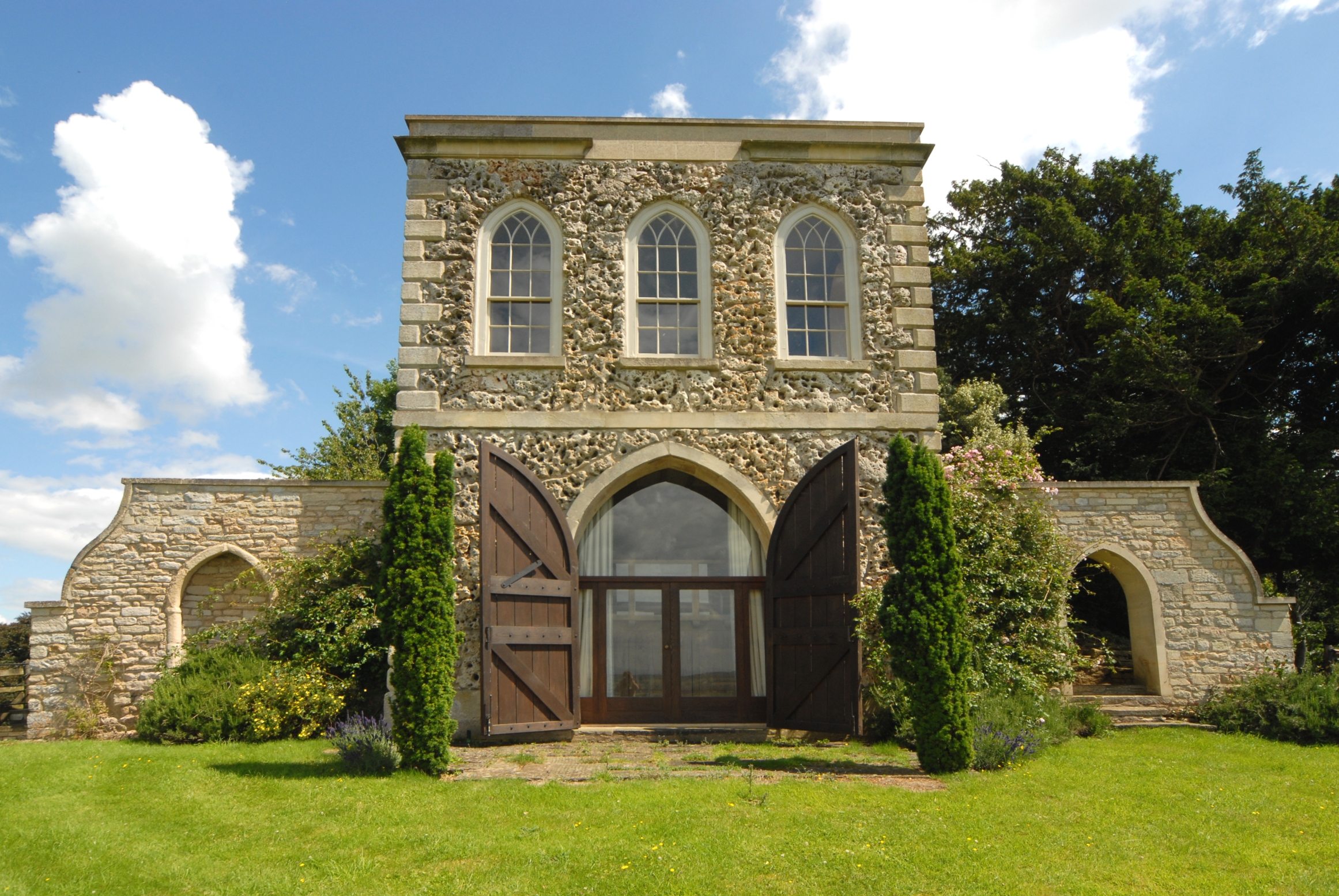
Many of them want to match distinctiveness with history so go for something like a folly – this is a property built in centuries past as a decadent gesture, often by local nobility. There are some 1,800 historic follies dating from the 17th to the 20th centuries, according to the UK Folly Fellowship, a preservation group; at any one time, only a few are on the market.
‘Follies are often small in size so work well for downsizers who only need say, two bedrooms, or for people who wish to run them as a holiday home business. Follies are often located in quite special areas of the countryside as well,’ says Atty Beor-Roberts, a regional chairman of the Knight Frank estate agency.
But a purchase of this kind of home is not for the faint-hearted. An Englishman’s home may be his castle, but if you buy one it can be expensive to run as castellated walls, turrets, drawbridges and moats are not easy to repair and these days have to battle decay rather than marauding armies. If a unique property is listed (and most are) authorities insist on renovation being as close to the original specification as possible.
An Englishman’s home may be his castle, but it can be expensive as turrets, moats and keeps are not easy to repair
‘A disused windmill, for example, is ideal for anyone who wants “different” and “distinctive”.’ explains Home Counties buying agent Henry Potter. ‘But consider routine costs. You may require hand-made furniture or a bespoke kitchen and bathroom to suit curved walls. Then if a sail decays, it must be replaced – not necessarily on aesthetic grounds but when you’re eventually selling, a buyer will naturally insist on both sails being in place,’ he says.
Buying agents advise any purchaser of a unique property to bear in mind four factors.
Firstly, does it have hidden running costs? For example, a water mill may require nearby river areas to be maintained, or an ex-lighthouse will suffer substantial weather beating. Secondly, check rebuilding insurance costs which can be prohibitive on special buildings.
Thirdly, if a home is listed, calculate the price of major repairs such as a new thatched roof, specialist brickwork or that windmill sail. Fourthly, check how long the property you want to buy has been on sale – highly unusual homes can be on the market literally for years awaiting a buyer, so be sure you’re willing to wait that long when you eventually sell up.
Such challenges are not deterrents, merely reality checks. Many buyers are clearly willing to pay for the upkeep of a truly different home: an estimated 20,000 churches and 100 castles have been turned into homes in the UK since the 1980s.
If you want to take the plunge yourself, here are four inspirational choices – and each looks not merely unusual but also truly beautiful.
1. Claygate, Surrey
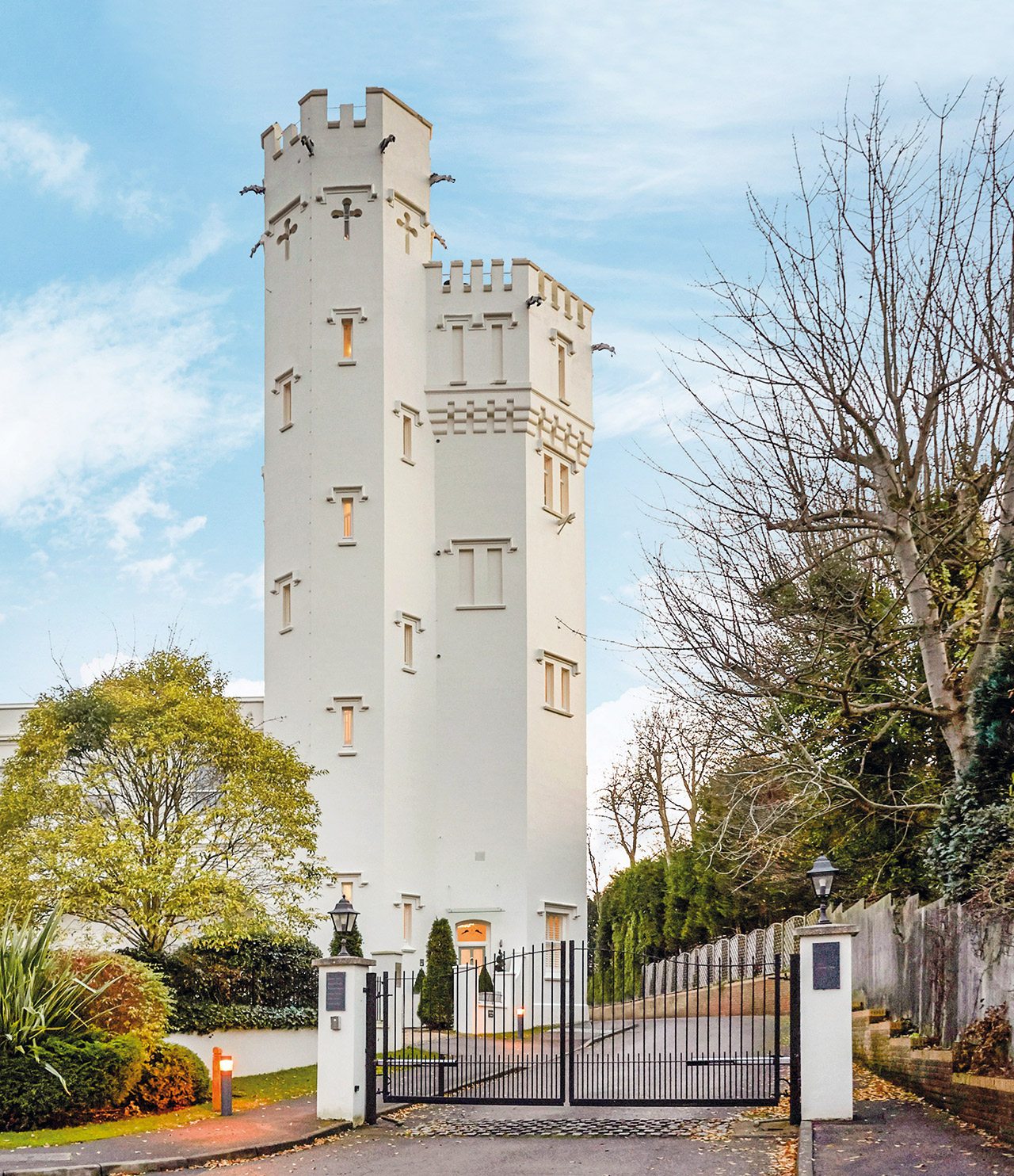
2. Alderley, Gloucestershire
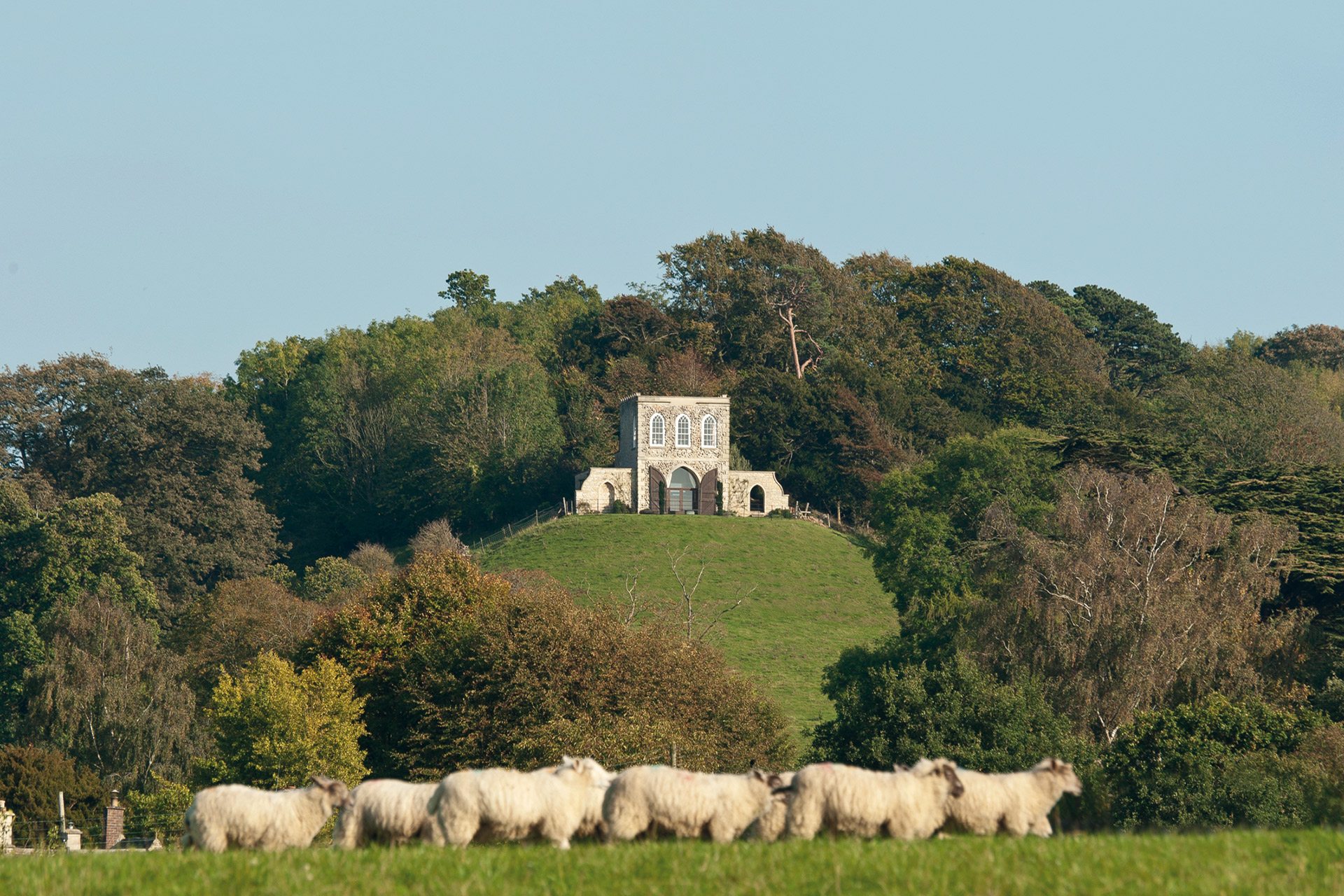
3. Felixstowe, Suffolk
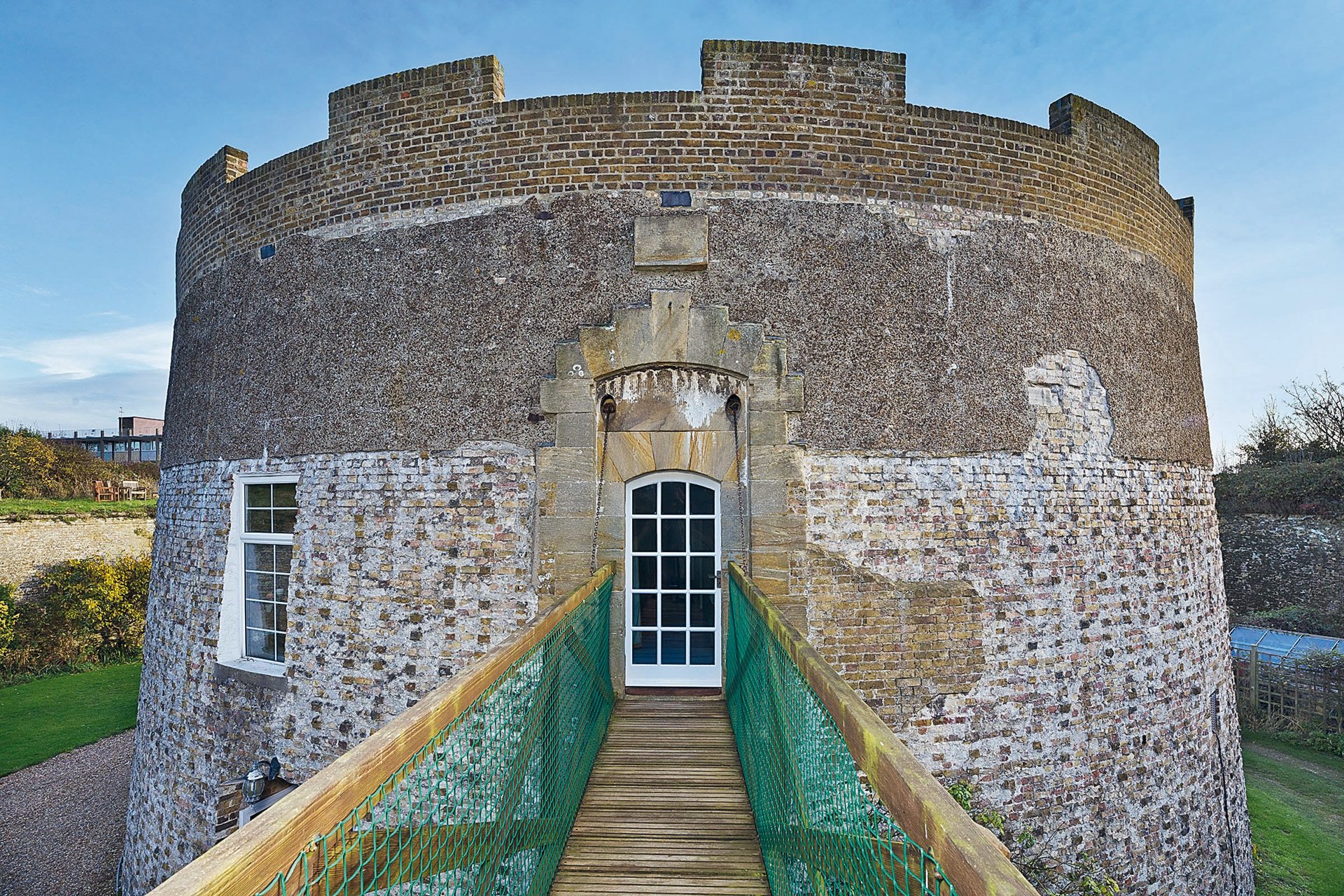
4. Greenwich, London
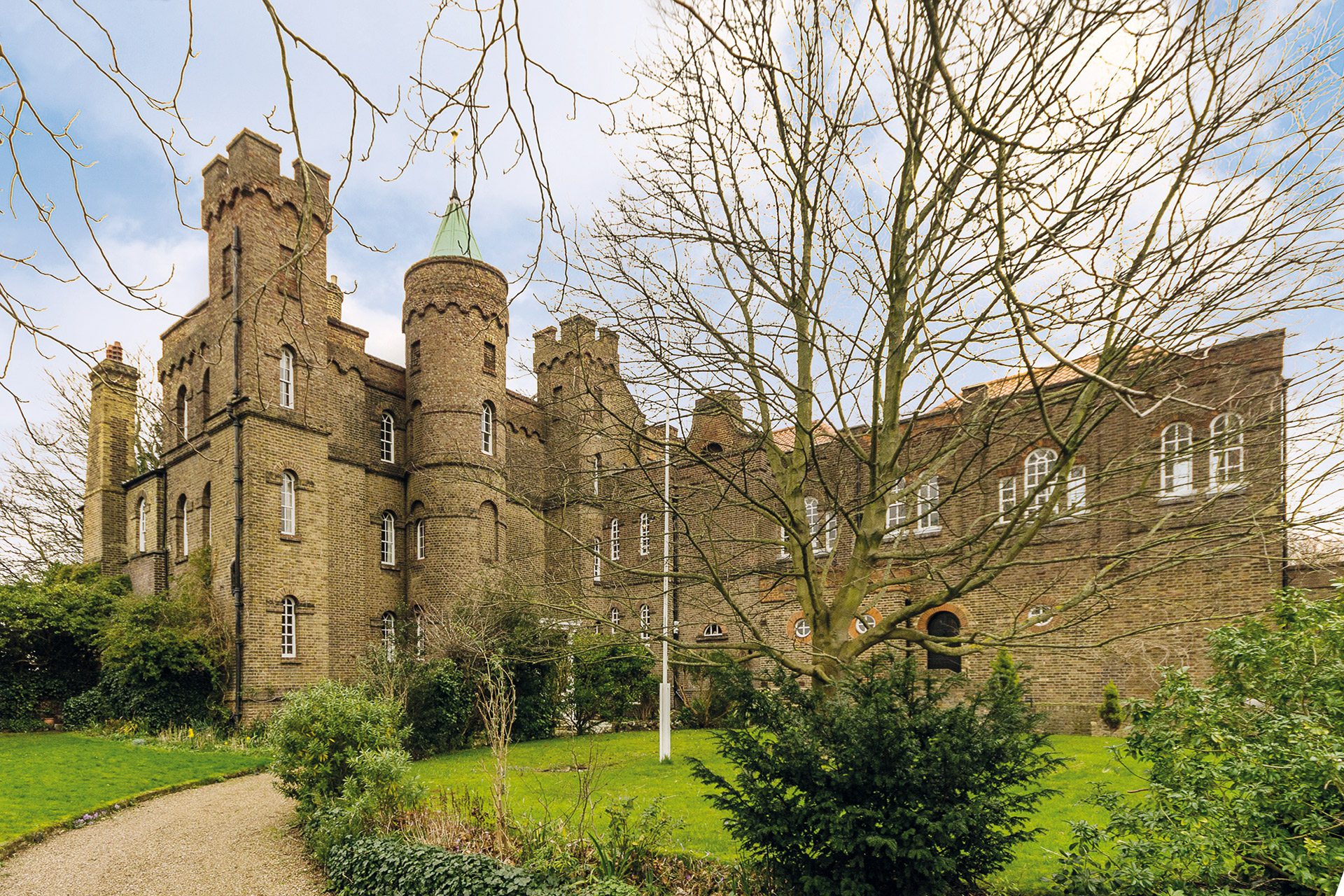
MORE PROPERTY: Property of the Day / The Best Listed Properties on the Market / The Best Conversion Properties on the Market
